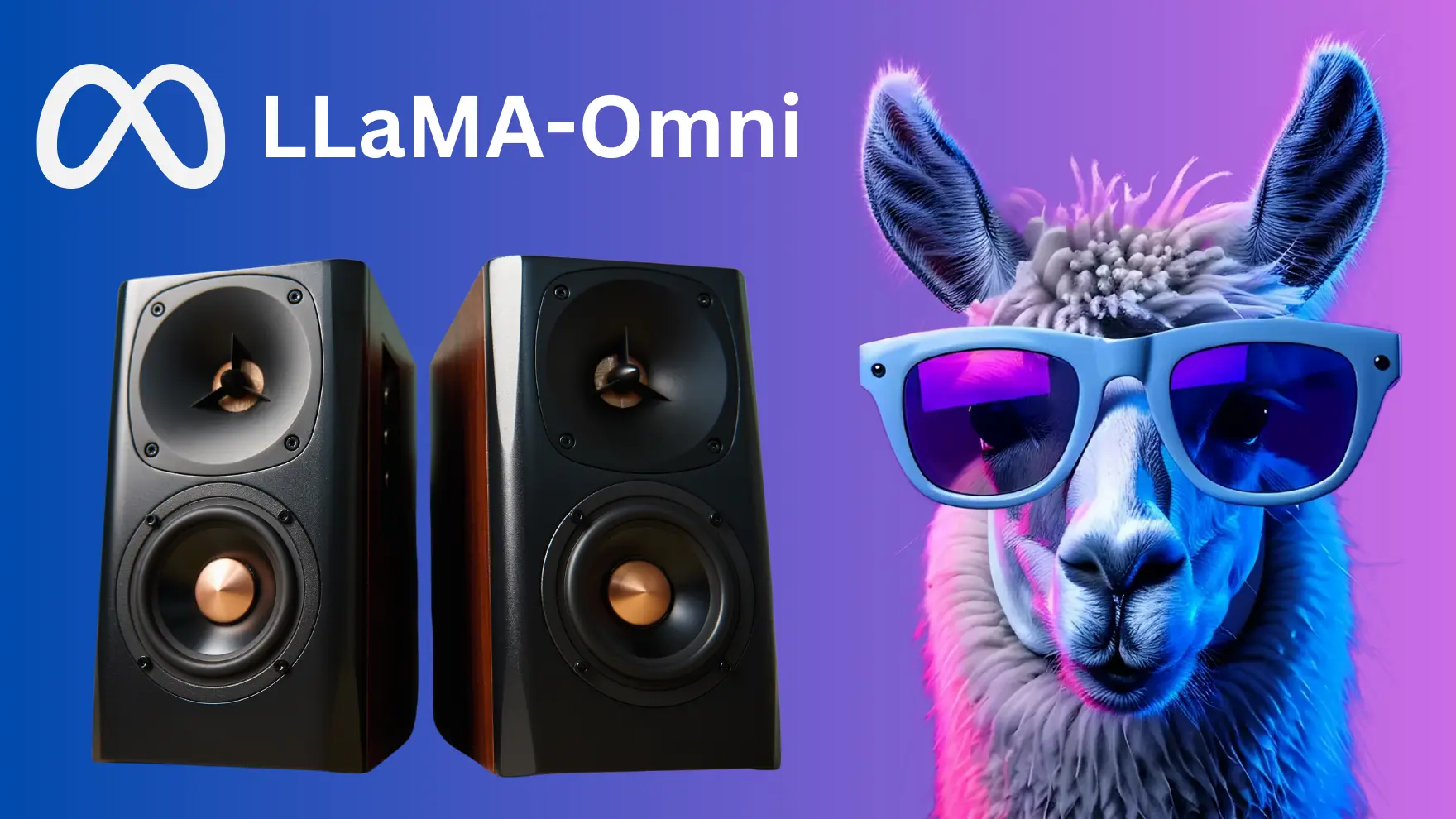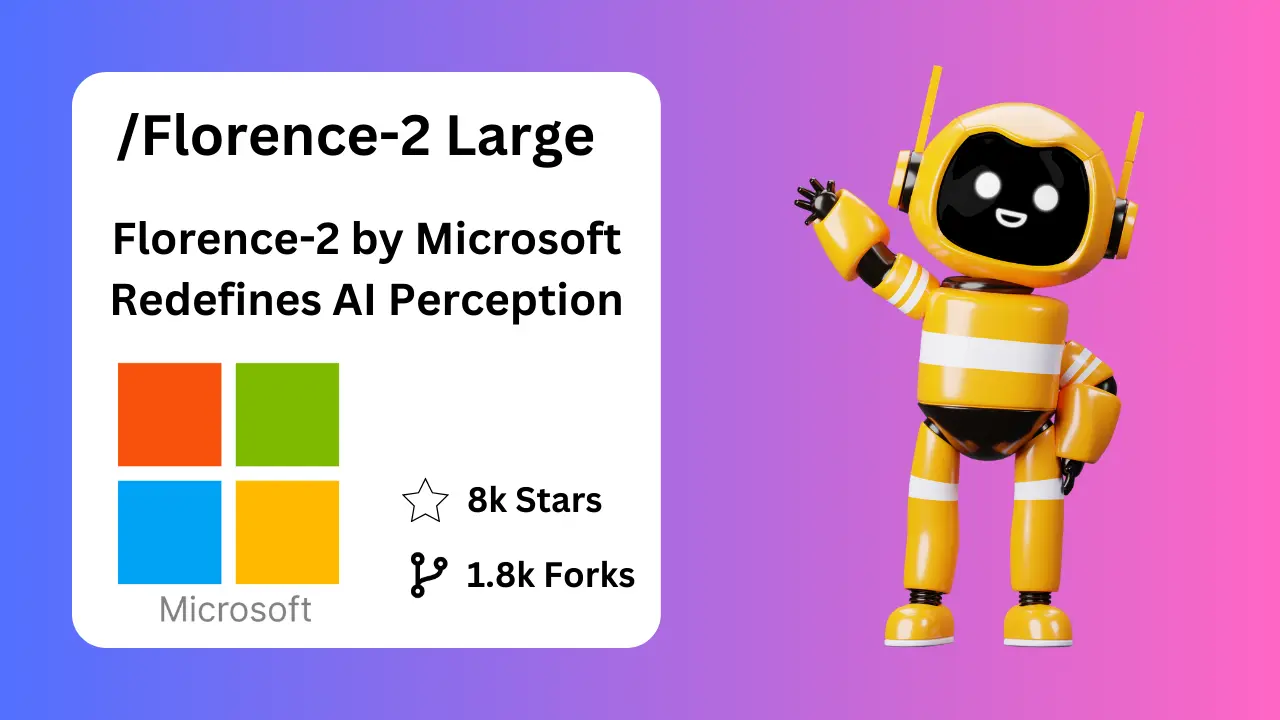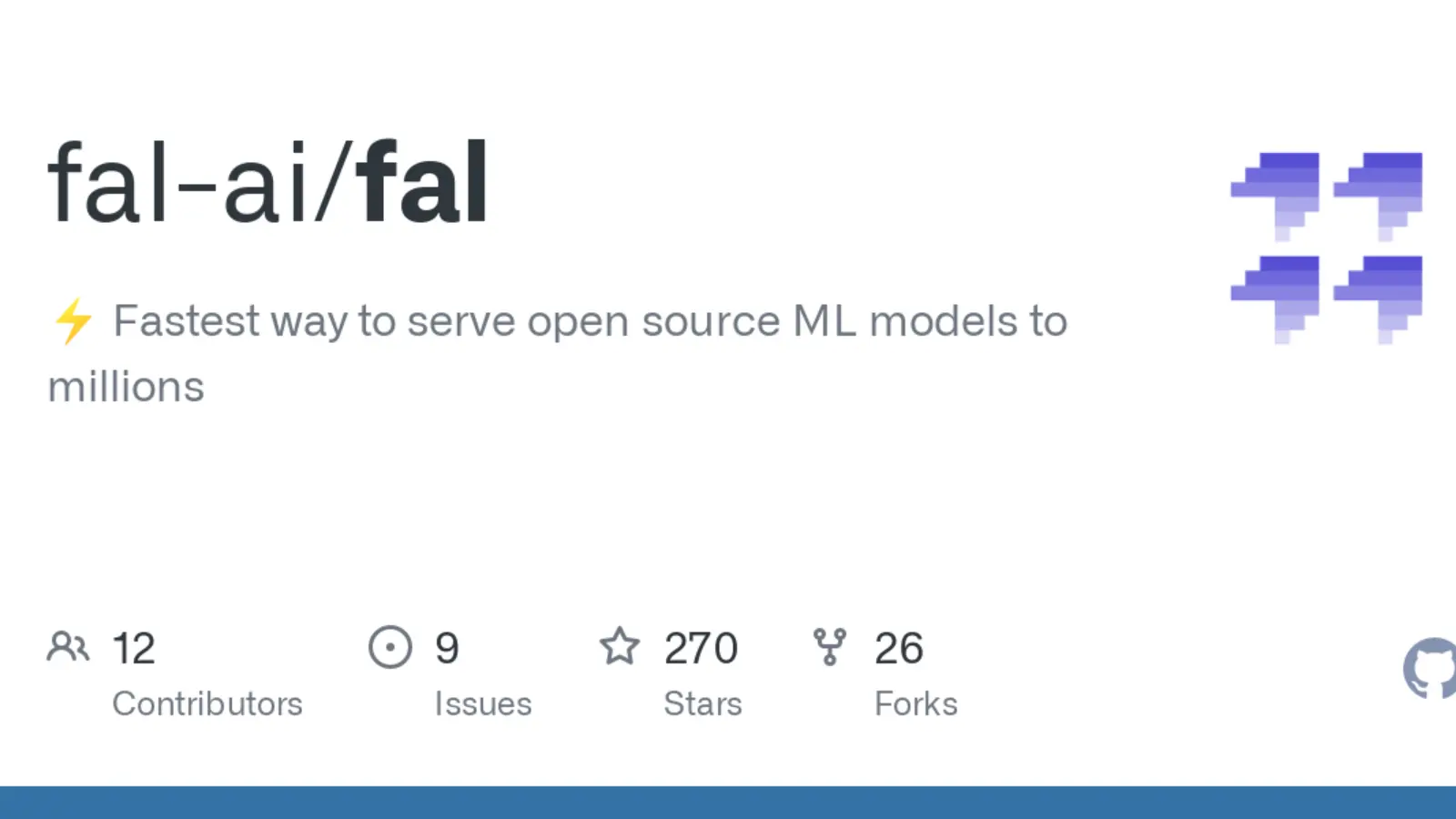
The Architecture of LLaMA-Omni
LLaMA-Omni is built on Meta’s Llama 3.1 8B Instruct model, a robust foundation that enhances its capabilities for speech interaction. The architecture integrates several key components: a pretrained speech encoder, a speech adaptor, a large language model (LLM), and a streaming speech decoder. This design eliminates the need for prior speech transcription, allowing the model to directly interpret spoken commands and generate responses in real-time.
The model's training process is notably efficient, requiring less than three days on just four GPUs. This accessibility is a significant advantage for smaller companies and researchers who previously faced barriers due to the high resource demands of developing advanced AI systems. The researchers have also constructed a specialized dataset, InstructS2S-200K, which consists of 200,000 speech instructions and corresponding responses, further enhancing the model's training and performance capabilities.
Transforming Industries
The potential applications of LLaMA-Omni are vast and varied. In customer service, for instance, AI-powered voice assistants could handle complex queries with ease, providing immediate and accurate responses that enhance user satisfaction. This could lead to a significant reduction in wait times and an overall improvement in service quality.
In healthcare, LLaMA-Omni could facilitate more natural interactions between patients and medical professionals. AI-driven systems could assist in patient interviews, documentation, and even real-time translation services for non-native speakers, thereby improving accessibility and efficiency in medical settings.
The education sector stands to benefit as well. Voice-enabled AI tutors could offer personalized instruction, adapting to the learning pace and style of individual students. This could transform how educational content is delivered, making learning more engaging and interactive.
Democratizing AI Development
One of the most exciting aspects of LLaMA-Omni is its potential to democratize AI technology. By providing an open-source model that is both efficient and effective, it lowers the barriers to entry for smaller players in the AI space. This could lead to a surge in innovation, as startups and researchers can leverage LLaMA-Omni to develop customized applications tailored to specific needs and markets.
The implications for the broader AI landscape are profound. As more companies gain access to sophisticated voice AI capabilities, we can expect a diversification of applications that cater to various industries, languages, and cultural contexts. This shift could foster a more inclusive AI ecosystem, where advancements are not solely driven by tech giants but also by a vibrant community of developers and innovators.
Financial Implications and Market Dynamics
The introduction of LLaMA-Omni has not gone unnoticed by investors and industry analysts. The potential for disruption in the voice AI market is significant, as this technology could challenge established players like Apple, Google, and Amazon. With its low latency and high-quality speech interactions, LLaMA-Omni offers a compelling alternative that could reshape consumer expectations for AI assistants.
Startups leveraging this technology may find themselves at a competitive advantage, as they can develop and deploy voice-enabled solutions more rapidly and at a lower cost than previously possible. This could lead to a new wave of AI-focused startups, fostering a competitive environment that drives further innovation and improvement in voice technologies.
Challenges and Limitations
Despite its promising capabilities, LLaMA-Omni is not without challenges. Currently, the model is limited to English, which restricts its usability in non-English speaking markets. Furthermore, the synthesized speech quality may not yet match the naturalness of leading commercial systems, which could hinder user acceptance.
Privacy concerns also loom large in the realm of voice AI. The need to process sensitive audio data raises questions about data security and ethical use, particularly in applications involving personal or confidential information. Addressing these concerns will be crucial for the widespread adoption of LLaMA-Omni and similar technologies.
The Future of Voice AI
As we stand on the cusp of a voice AI revolution, LLaMA-Omni represents a significant step toward more natural and intuitive human-AI interactions. The model's capabilities suggest a future where voice becomes the primary interface for engaging with technology, transforming how we communicate with machines.
The potential for LLaMA-Omni to disrupt established markets and democratize access to advanced AI tools is immense. As the technology matures and refinements are made, we can expect to see a rapid evolution in consumer expectations and the development of more sophisticated voice interfaces.
In conclusion, LLaMA-Omni is not just an innovation in voice AI; it is a harbinger of change in how we interact with technology. As this open-source model gains traction, it could redefine the landscape of digital assistants, making way for a new era of conversational AI that is more accessible, efficient, and responsive to our needs. The journey ahead is filled with possibilities, and LLaMA-Omni is poised to lead the way.
FAQ
-
Q: What is LLaMA-Omni?
A: LLaMA-Omni is an open-source AI model developed by researchers at the Chinese Academy of Sciences, designed for seamless speech interaction with large language models (LLMs). It enables real-time voice commands and responses without the need for prior speech transcription. -
Q: How does LLaMA-Omni differ from traditional voice assistants like Siri and Alexa?
A: Unlike traditional voice assistants, LLaMA-Omni offers low-latency responses (as fast as 226 milliseconds) and can generate text and speech simultaneously from spoken instructions, enhancing the naturalness of interactions. -
Q: What are the main components of LLaMA-Omni's architecture?
A: LLaMA-Omni consists of a pretrained speech encoder, a speech adaptor, a large language model (LLM), and a streaming speech decoder, all integrated to facilitate efficient speech understanding and generation. -
Q: What is the training process for LLaMA-Omni?
A: The training of LLaMA-Omni takes less than three days on just four GPUs. It follows a two-stage training process, which includes training the speech adapter and LLM, followed by the speech decoder. -
Q: What potential applications does LLaMA-Omni have?
A: LLaMA-Omni can be applied in various sectors, including customer service, healthcare, and education, where it can facilitate more natural interactions, improve response times, and enhance user engagement. -
Q: Is LLaMA-Omni available for public use?
A: Yes, LLaMA-Omni is open-source, allowing developers and researchers to access the model and build upon its capabilities for various applications. -
Q: What dataset was used to train LLaMA-Omni?
A: The model was trained using a specialized dataset called InstructS2S-200K, which contains 200,000 speech instructions and corresponding speech responses, aligning the model with real-world speech interaction scenarios. -
Q: What challenges does LLaMA-Omni face in the market?
A: While LLaMA-Omni shows great promise, it currently only supports English, and there are concerns regarding the naturalness of synthesized speech compared to established commercial systems. Addressing privacy and security issues will also be crucial for its adoption.
References
- Fang, Q., Zhang, Y., & Wang, L. (2024). LLaMA-Omni: Seamless Speech Interaction with Large Language Models. arXiv. https://arxiv.org/abs/2409.06666
- VentureBeat. (2024, September 11). LLaMA-Omni: The open-source AI that's giving Siri and Alexa a run for their money. https://venturebeat.com/ai/llama-omni-the-open-source-ai-thats-giving-siri-and-alexa-a-run-for-their-money/
- CO/AI. (2024, September 12). A New Chinese Open-Source AI Is Giving Siri and Alexa a Run for Their Money. https://getcoai.com/news/a-new-chinese-open-source-ai-is-giving-siri-and-alexa-a-run-for-their-money/
- Linnk. (2024, September 12). LLaMA-Omni: Seamless Speech Interaction with Large Language Models. https://linnk.ai/insight/natural-language-processing/llama-omni-a-novel-model-for-seamless-speech-interaction-with-large-language-models-GkVp5QBI/
- Passionate Design Agency. (2024, September 12). Major News from OpenAI, Adobe Firefly, LLaMA-Omni, Amazon's Rufus, Google's NotebookLM, Verse and Connectly. https://passionates.com/major-news-from-openai-adobe-firefly-llama-omni-amazons-rufus-googles-notebooklm-verse-and-connectly/




